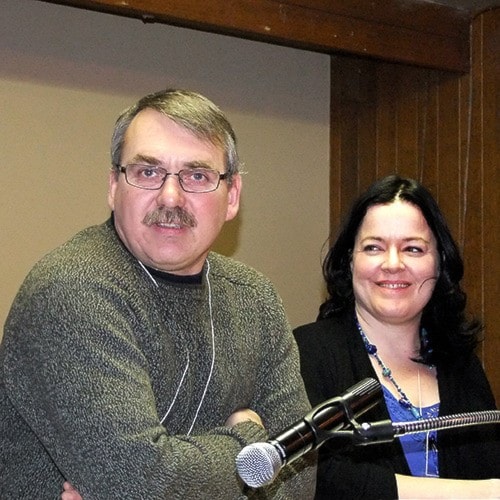Just a few decades ago there were six sawmills and hundreds of people working in the forest industry in the upper North Thompson Valley, according to Willow MacDonald, Thompson-Nicola Regional District director for Thompson Headwaters (Area B).
Now there are only a handful, she told a public session held to develop input for the Healthy-Forests – Healthy Communities initiative. As noted in the article, the session was held Saturday in the Wells Gray Inn.
MacDonald was correct in her statement, said Clearwater Mayor John Harwood.
When he first moved to the Valley about 40 years ago, the tax base in Blue River and Avola was bigger than that of Clearwater and Vavenby.
“There wasn’t even a decent road to Edmonton from Blue River but there was employment and an industrial base,” he said.
Now local politicians must fight to keep the Ministry of Forests from transferring more functions to Kamloops.
Centralizing functions means staff spend more time traveling and less time doing their jobs, the mayor felt.
Any Forest Service work being done north of Blue River would require at least a half-day’s travel from Kamloops.
On the other hand, local forest contractors get frustrated when they have to travel to Kamloops to get one signature, he said.
Canfor reopened its Vavenby sawmill when it did (in September, 2011 after a two-year shutdown) partly because of improving market conditions but also partly because of political pressure, Harwood said.
He noted that, because of his position as mayor, he is able to say things that others cannot.
